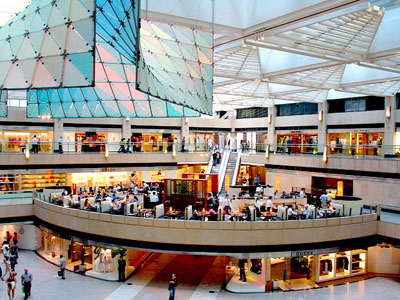Indoor air quality has become a major health issue throughout the world as rising levels of outdoor air pollution continue to make the air inside homes and facilities toxic. This indoor air quality epidemic even extends to malls, underscoring the importance for you to understand your mall’s air quality and how it can affect your overall health and well-being.
“The problem occurs when polluted outside air infiltrates the ventilation system of a mall,” stated Camfil’s Charlie Seyffer, Manager of Marketing & Technical Materials and 37-year ASHRAE member and active committee participant. “These are pollutants such as dust, smoke, and pollen, and they can cause a variety of respiratory problems if that mall is not equipped with commercial air filters that can eliminate these harmful particulates from the air.”
In addition to outdoor pollutants, there are also indoor air pollutants found in malls that can contribute to the problem, such as the chemicals and solvents used by dry cleaners, VOCs–or volatile organic compounds– present in the products sold at hardware and home furnishings stores, and the byproduct emissions caused by frying and broiling at fast food kiosks.
A study performed by Hong Kong researchers of nine malls across Hong Kong found significant concentrations of carbon dioxide, carbon monoxide, hydrocarbons, formaldehyde, particulate matter (PM10), as well as various strains of bacteria inside all of the malls examined. The high concentration of PM10 is of special concern, as these pollutants–such as dust, pollen, and mold–can lodge in the lungs and lead to respiratory problems. People with a history of heart disease or lung problems are particularly vulnerable to PM10 as well as PM2.5, a similar pollutant that consists of even smaller particles and which was identified as a pollutant in the study. Both of these pollutants also pose a danger to children and the elderly, because these groups tend to have immune systems that are not fully developed or weak due to aging.
While there’s not much an individual can do to directly counter the pollutants found in malls, they can be more aware of their surroundings and keep an eye out for symptoms that might indicate exposure to high levels of pollutants, such as eye, nose, and throat irritation, tightness of the chest, shortness of breath, and coughing.

